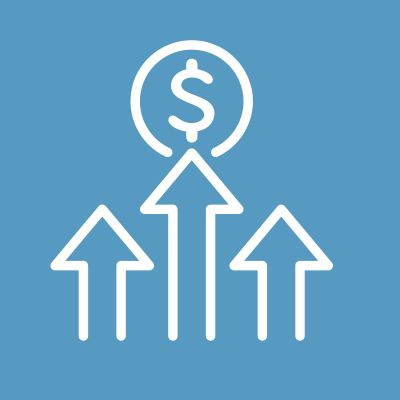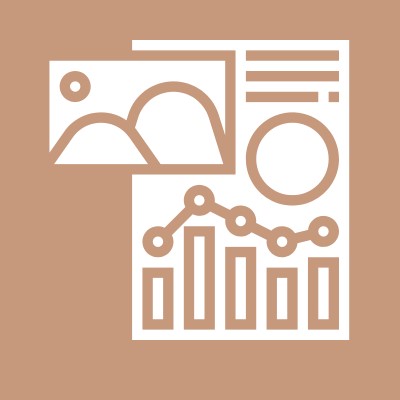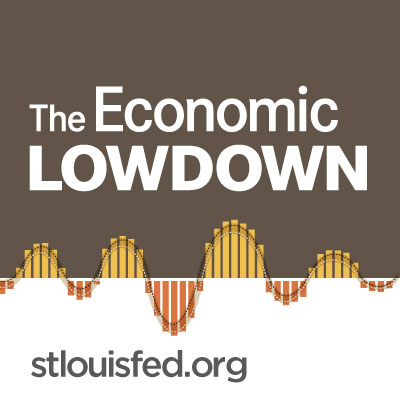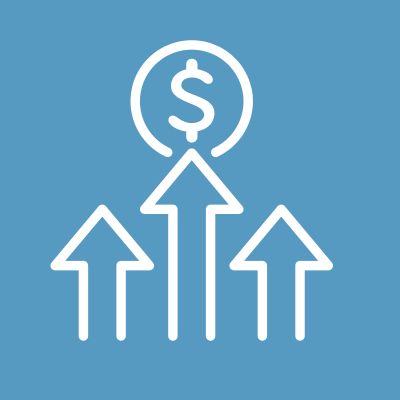Market Basket
Interpret the effects of inflation on consumers.
{{searchResultSnippet}}
 Back to All
Back to All

Decreasing prices? That sounds great! But don’t be fooled… This video assignment introduces viewers to the term “deflation” and explains why decreasing prices might not be as good as it sounds. Viewers learn about the negative consequences of deflation and what causes a deflationary spiral.
Deflation, explained! What is deflation? Deflation represents the opposite of inflation. Deflation occurs when the overall price level falls for a sustained period of time. While high inflation imposes costs in a society, deflation can be costly, too. Deflation can change people's behaviors in ways that hurt the economy. If people think prices will go down in the future, they may spend less now. When prices fall and people buy less, businesses might need to lower their employees' wages or even layoff workers. These actions could then set in motion a deflationary spiral in which reluctance to spend leads to lower economic activity and a faster decline in prices, with the process then repeating itself. With the recent increase in inflation, people have questions about types of inflation, trends, and more. Check out the Cleveland Fed's Center for Inflation Research to better understand inflation and how it affects you and our economy.

Market Basket
Interpret the effects of inflation on consumers.

Infographic Posters
Browse infographics for your classroom.

Econ Lowdown Podcast Series
21 Economics audio assignments for your classroom

Beyond Inflation Numbers: Shrinkflation and Skimpflation
Define shrinkflation and skimpflation.

Calculate Your Lifetime Inflation Activity
Learn how to measure changes in inflation over a lifetime.

10 FRED Graph Activities in 10 Minutes
Learn about data through graphing activities.

What Is Inflation?
Learn what is and what is not inflation.

Why Should You Care About Inflation?
Explain how inflation affects consumers' incomes, spending, and wages.

Why Does the Fed Care about Inflation?
Explain what happens when inflation gets out of control.

Disinflation, Explained!
Explain disinflation and how it differs from deflation.

Shrinkflation, Explained!
Introduce the term "shrinkflation".

Stagflation, Explained!
Introduce the term "stagflation".

Hyperinflation, Explained!
Introudce the term "hyperinflation"
{{resourceTitle}}
{{resourceBlurb}}